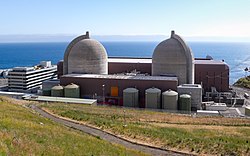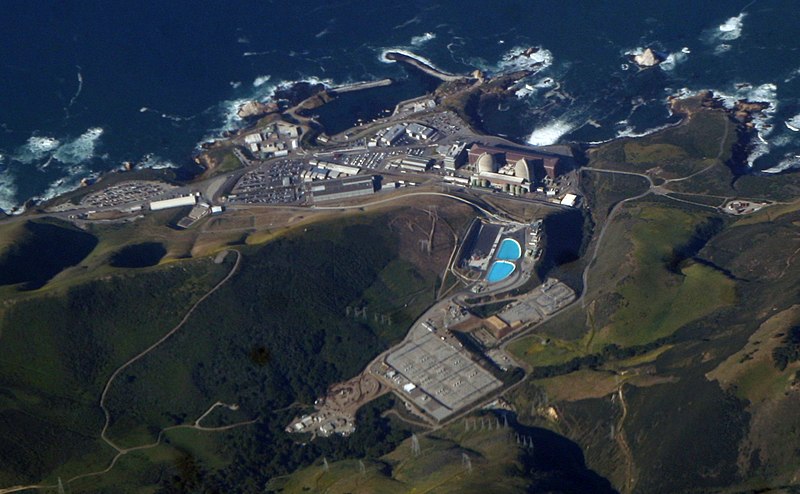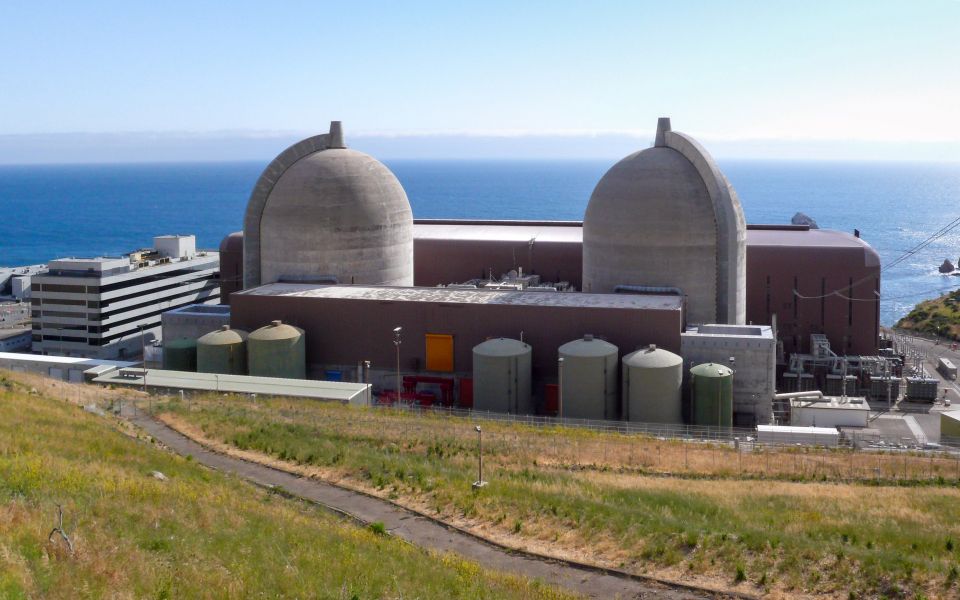Diablo Canyon nuclear power plant
California Gov. Gavin Newsom told the Los Angeles Times editorial board last week that his administration would look into using the federal government’s Civil Nuclear Credit Program to keep Pacific Gas and Electric Company’s Diablo Canyon nuclear plant in operation beyond its scheduled 2025 closure date.
“The requirement is by May 19 to submit an application, or you miss the opportunity to draw down any federal funds if you want to extend the life of that plant,” Newsom told the board, according to an April 29 LA Times piece. “We would be remiss not to put that on the table as an option.”
The credit program: The Department of Energy was mandated by the Infrastructure Investment and Jobs Act, signed into law last year, to establish the Civil Nuclear Credit Program. The DOE said it intends, to the maximum extent practicable, to use the spending authority created by the act to allocate credits to as many certified reactors as possible.
Congress has appropriated $6 billion to fund credits awarded under the program and has authorized the DOE to obligate up to $1.2 billion in fiscal year 2022. Amounts in excess of $1.2 billion required to fund awarded credits for subsequent fiscal years can be disbursed subject to the availability of funds, the DOE said.
Credits are to be awarded over a four-year period beginning on the date of the selection, with funds distributed annually based on the allocation of credits. According to the DOE, nuclear reactor owners or operators may apply for recertification after that time, and additional credits can be allocated through September 30, 2031, subject to the availability of funds.
Background: PG&E announced in June 2016 that it had reached an agreement with organized labor and environmental organizations to increase its investment in energy efficiency and storage, as well as renewables, and to close Diablo Canyon upon the expiration of the reactors’ operating licenses—November 2024 for Unit 1 and August 2025 for Unit 2. PG&E’s application to close the plant was approved by the California Public Utilities Commission in January 2018, and in March of that year, the utility notified the Nuclear Regulatory Commission that it was withdrawing its 2009 application for license extension.









